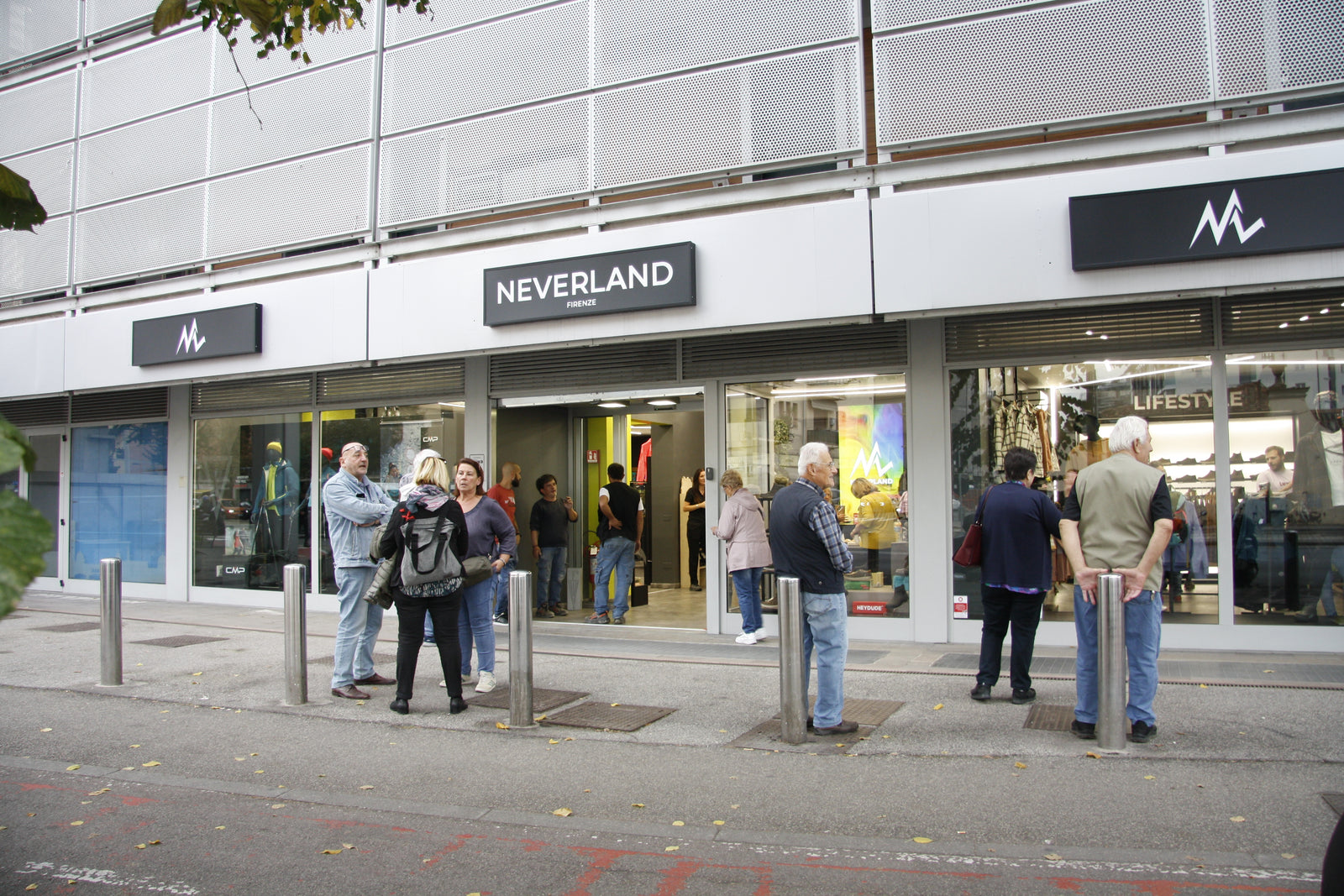We don't just sell and rent ski equipment, we constantly take care of it.
To offer our customers skis and boots always in excellent condition, we have a ski laboratory inside our shop in Florence where we carefully prepare skis for hire and for those who rely on our experience.
Speed, Quality, Experience and Efficiency, at your service!
SKI PRICE LIST:
|
SCIOLINA: € 10.00
LAMINA AND TUNING WITH CERAMIC DISC: € 15.00
FOIL + SCIOLINA: € 25.00
LAMINA WITH CERAMIC DISC + SCIOLINA: € 30.00
TOTAL RESTORE: € 35.00 BINDINGS ASSEMBLY: € 20.00
BINDINGS ADJUSTMENT: € 10.00
|
SNOWBOARD PRICE LIST:
|
SCIOLINA: € 12.00
LAMINA AND TUNING: € 18.00
FOIL + SCIOLINA: € 25.00
TOTAL RESTORE: € 40.00
BINDINGS ASSEMBLY: € 15.00
|
_____________________________
The importance of maintenance:
We recommend the assistance service before the start of the season and after skiing for 7 days on the snow (the type of maintenance and the frequency strongly depend on the style of skiing and the snow conditions).
The edges can be compared to the wheels and brakes of our car, in fact, they allow us to drive and brake during our journey on the tracks. Poor maintenance and care of the material or even maintenance performed incorrectly can put our safety and those around us at risk during the descents.
Below we will analyze the steps of our processing. (FULL RESET)
_____________________________
1- Grouting the slab 
The first operation that is performed is the grouting of the slab .
In areas where there are cuts or incisions, plastic material (polyethylene) is poured. This operation can be performed either manually if the damage is not of great entity, or by using our automated machine where the entire surface of the ski base is covered with a light layer of P.Tex.
If the ski has major structural damage where it is necessary to carry out reconstruction works, these are usually carried out before grouting.
_____________________________
2- First roughing 
To eliminate the excess material due to the previous grouting, or in the event that the base and the edges of the ski are in poor condition, generally the ski is worked first with a sanding machine with sandpaper belt. Here, with the help of a driver, the smoothing is done evenly.
_____________________________
3- Flattening and footprint of the slab 
In the event that the excess material is not much, you can also choose to avoid the previous step with the belt sander and insert the ski directly into the stone grinding machine .
The passage of smoothing it is very important because having the base of a perfectly flat ski is the starting point for any type of preparation, amateur or competition.
After smoothing the ski comes imprinted , or always with the aid of the grinding wheel, a geometric design is engraved on the base. The footprint on the insole has the same function as the incisions on the tread of car tires, i.e. to drain excess water. When skis travel on the snow, based on our speed, they produce friction that generates a layer of water between the base and the snow. If this phenomenon is limited in quantity and the footprints of the base are proportionate to that need, then we will certainly have smooth and safe skis.
_____________________________
4- Edge grinding 
The next operation sees the processing of the edges, on the lateral and lower surfaces ( tuning ), with the most suitable angles according to the characteristics of the skier.
A tuning for athletes is around 0.75 ° - 1 °, while the generic one for normal skiers is around 1 °. At the same time the hips range from 86 ° for the slalom to 89 ° for the normal user. Giant and super-G see angles of 87 ° / 88 ° for the most.
Hit the slopes with Neverland Firenze!
_____________________________
















